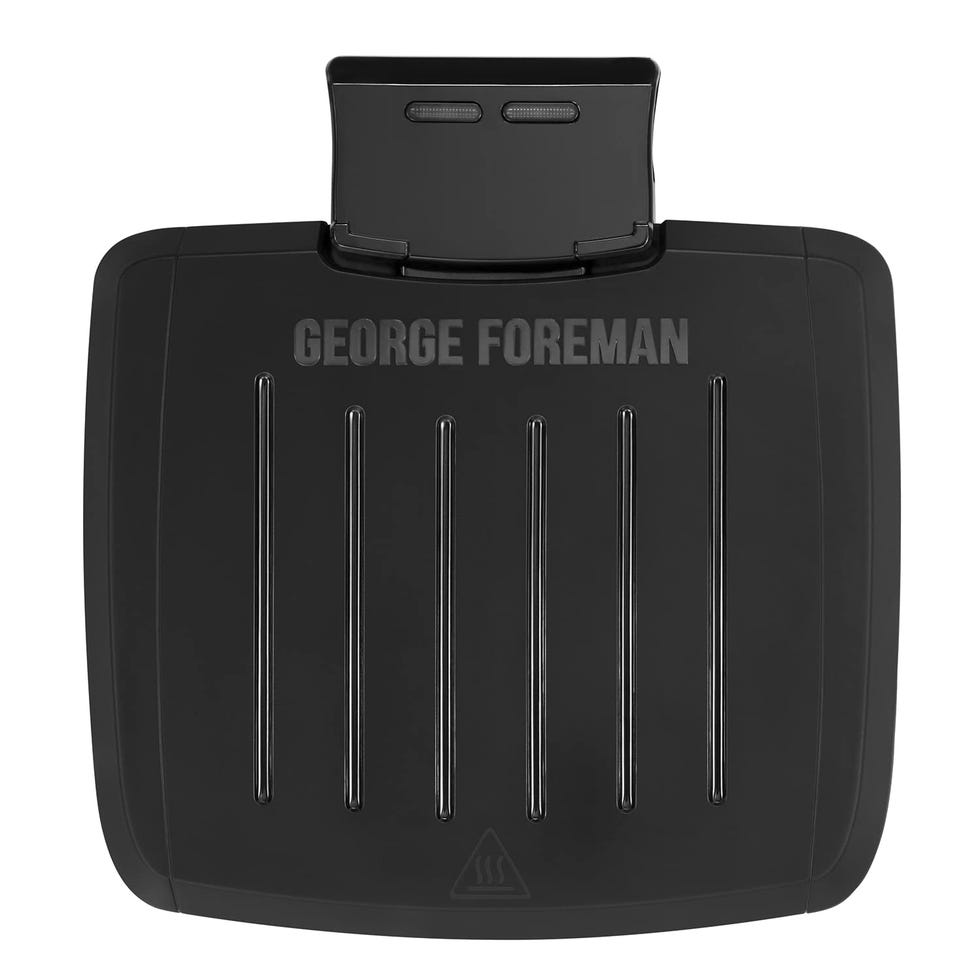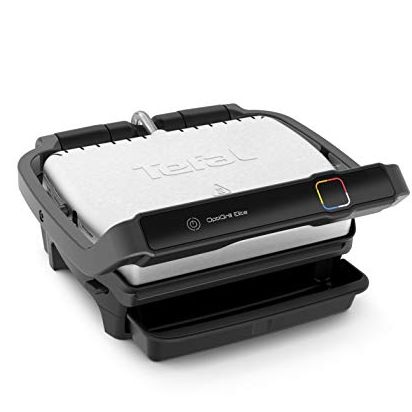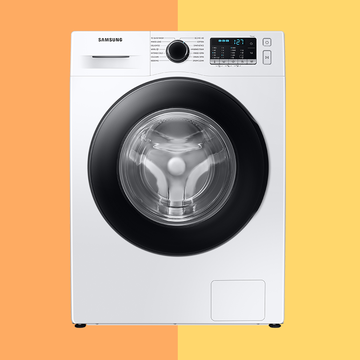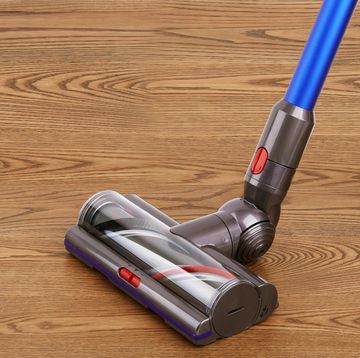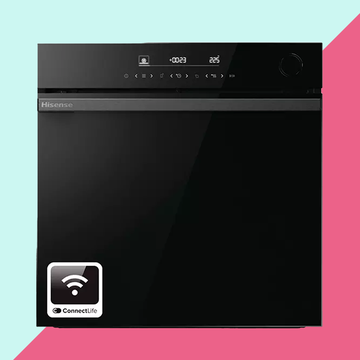We earn a commission for products purchased through some links in this article.
Best health grills, tried and tested by the Good Housekeeping Institute
These lean machines cook food fast, minus unnecessary fat
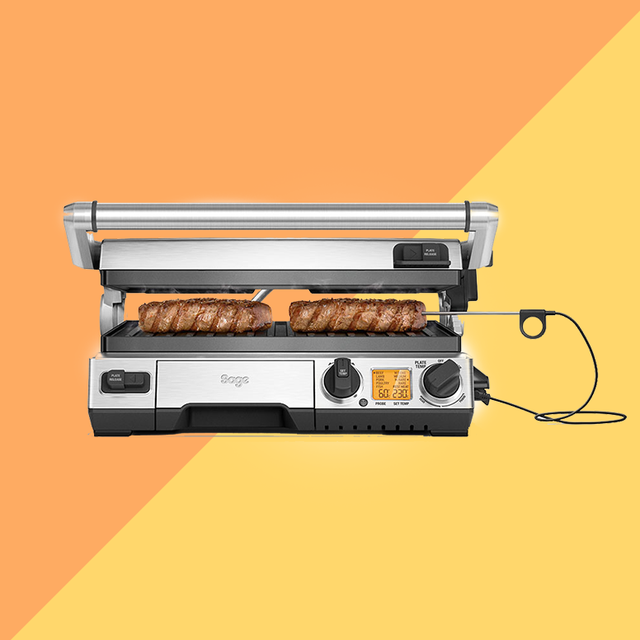
Forget the basic, budget health grill you used as a student – they’ve come a long way since then. You can now cook nearly anything on one of these handy gadgets as many models now feature adjustable temperature controls and dedicated cooking settings, so you can enjoy an array of tasty dishes without unnecessary fat.
Some grills also open up flat, expanding their repertoire to include items such as pancakes, fried eggs and omelettes as well as standard fare such as burgers, fish and chicken.
One of these grills won’t replace your hob or other kitchen appliances, but if you’re determined to kickstart a new healthy eating routine, it can make a good addition to your worktop.
A good model will cook food quickly and drain away fat easily, neatly catching excess in a collection tray. Many – though certainly not all – take up very little counter space and can be easily tidied away when not in use.
The best health grills 2025
What is a health grill?
A health grill looks a bit like a toastie maker, comprising two heated plates that sandwich food between them, cooking the top and the bottom together. Most are slightly slanted, with ridged plates that allow rendered fat to run off food instead of cooking it in its own grease. This excess is collected in a pot at the front of the grill.
Like a barbecue, health grills leave distinctive char lines on foods that help sear meat and impart flavour. All the models we tested have non-stick plates, so little-to-no fat or oil is needed, making them an all-round healthier option.
Are health grills worth it?
While not essential, if you want to start cooking more healthily, buying one of these grills can be a good place to start. There’s no need to compromise at mealtimes; it’s more of a case of altering your cooking technique. Even burgers aren’t off the menu, as patties prepared on the grill will expel a considerable amount of fat.
Many of the newer models now include extra features that improve the overall cooking experience. Here's a breakdown of what to look for.
Adjustable temperature controls
Old school health grills could only cook at one temperature, but most newer models have adjustable dials with low, medium and high heat options or digital controls. This allows you to grill food more precisely, which is good for cooking delicate items such as fish, for example, where you want to avoid any dreaded dryness.
Dedicated cooking settings
Some health grills now have settings for specific foods – commonly burgers, chicken, and steak – to help you choose the right temperature.
Removable/dishwasher-safe plates
These make cleaning far less awkward, which is particularly handy when you need to scrub burnt-on food, for example. Even better if you can pop them in the dishwasher.
Flat grill option
This is great for table-top grilling and entertaining. Opening up the grill offers twice the cooking surface too.
Interchangeable plates
Some models now offer greater versatility by providing extra plates, such as flat options for griddle-style cooking, or options for waffles and toasties.
Automatic sensors
In-built sensors in some high-tech health grills will measure your food’s thickness to work out the optimum temperature and length of time needed to cook it properly.
How we test health grills
At the Good Housekeeping Institute, we tested 22 models by cooking up a range of foods you’d normally throw on the grill at home: burgers, chicken and a selection of vegetables. When coming up with an overall score, we consider the following areas.
Cooking
Our experts look for burgers and chicken that are juicy and cooked through. Vegetables should also be cooked through, with well-defined grill marks and a subtle char. If lots of fat has been successfully removed, we check that food is still moist.
Consistency
The grill should offer as much heat at the edges of the plates as it does at the centre. We cut burgers open to see whether they have all been cooked evenly after sitting on different spots of the plate.
Temperature
By taking a temperature reading of the outer casing midway through one test, we can determine whether the grill gets too hot during use. We also record how long each grill takes to heat up – anything over five minutes is a long time to wait.
Megan is the Good Housekeeping Institute’s senior homes and lifestyle writer. She loves diving into the latest product releases to find the very best buys on the market and has written hundreds of product reviews on everything from the best vacuum cleaners and coffee machines to the best ice cream makers and robot window cleaners.
When she’s not writing about the newest gadgets and gizmos for your home and garden, you’ll find her running every distance from 5km to 100km or relaxing at home with her cat – there really is no in between.
Megan has an MA in Magazine Journalism and has previously written for Stylist, Glamour, Women's Health, TimeOut, SquareMeal, and YOU magazine. You can find Megan on Instagram @meganlouisegeall.
Blossom is passionate about finding the best home products and appliances for GH readers. As head of the homes testing team, she has led reviews across multiple categories, from pizza ovens, and smart plugs to portable fans and hobs. She enjoys delving into the intricacies of products and refining testing protocols to ensure we’re testing them against their claims. Her aim is to find the top-performing products on the market, to help take the hard work out of housework. Blossom’s most notable accomplishment in the lab has been toasting 528 slices of bread in her quest to find the best toasters money can buy. In her free time, she openly admits to being a music geek and indulges her creative side through crocheting, baking, singing and writing.


13 best bread makers for delicious home bakes

Our best value slow cooker is just £40 right now!
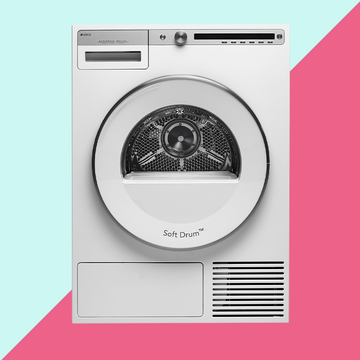
The best tumble dryers for 2025

9 best dishwashers for spotless crockery

